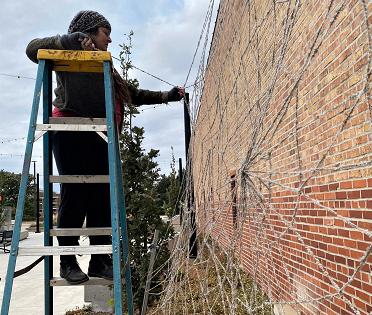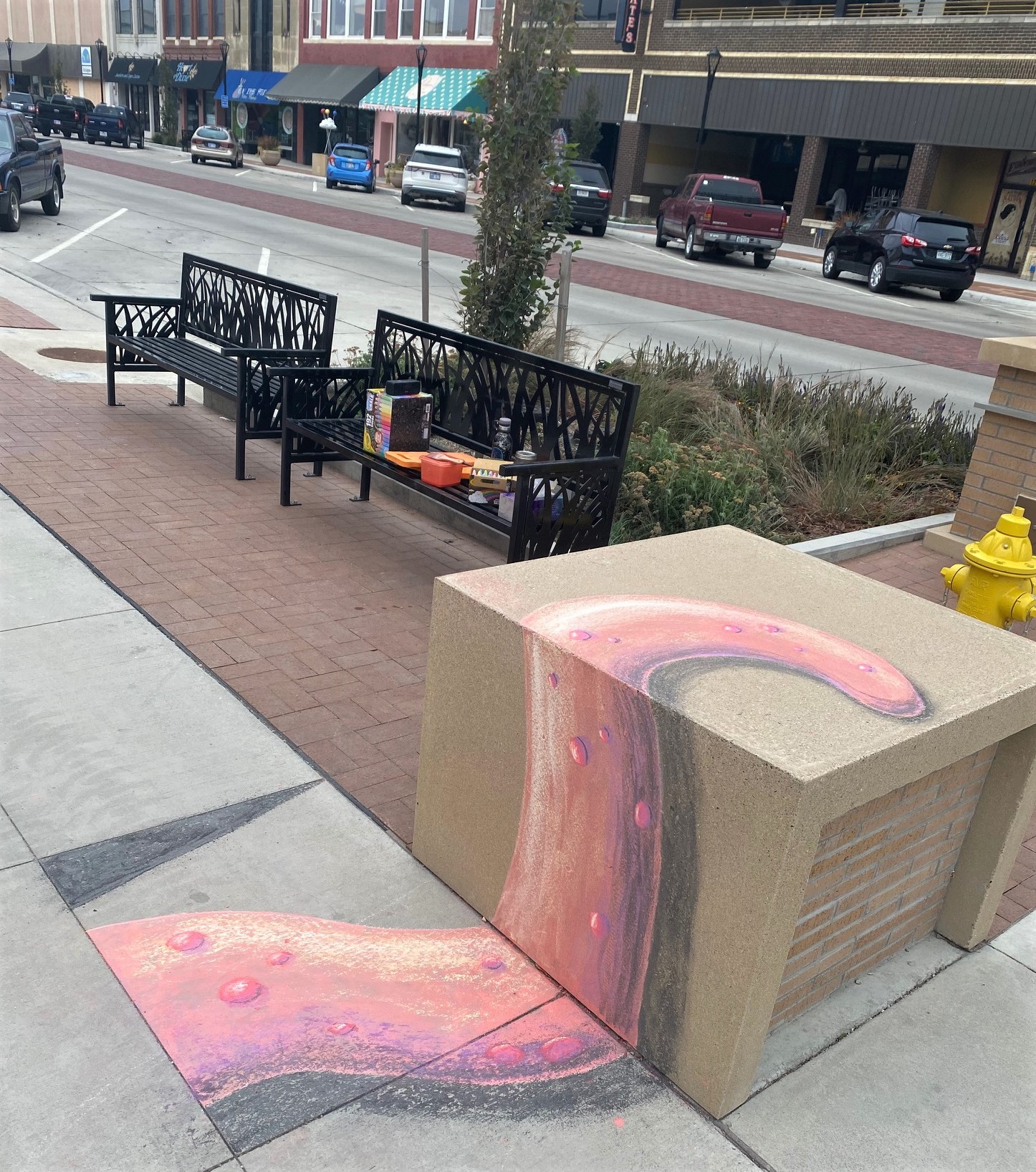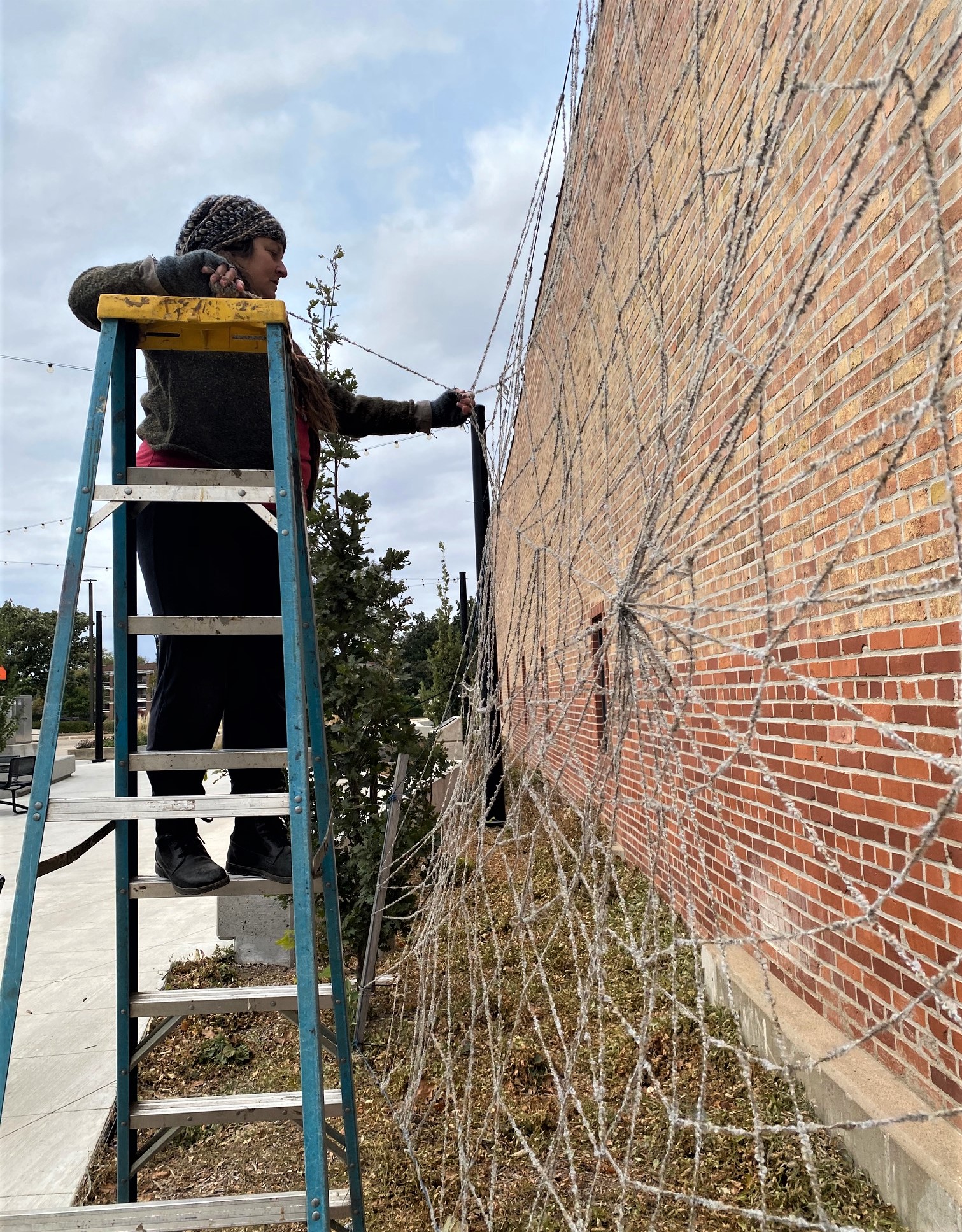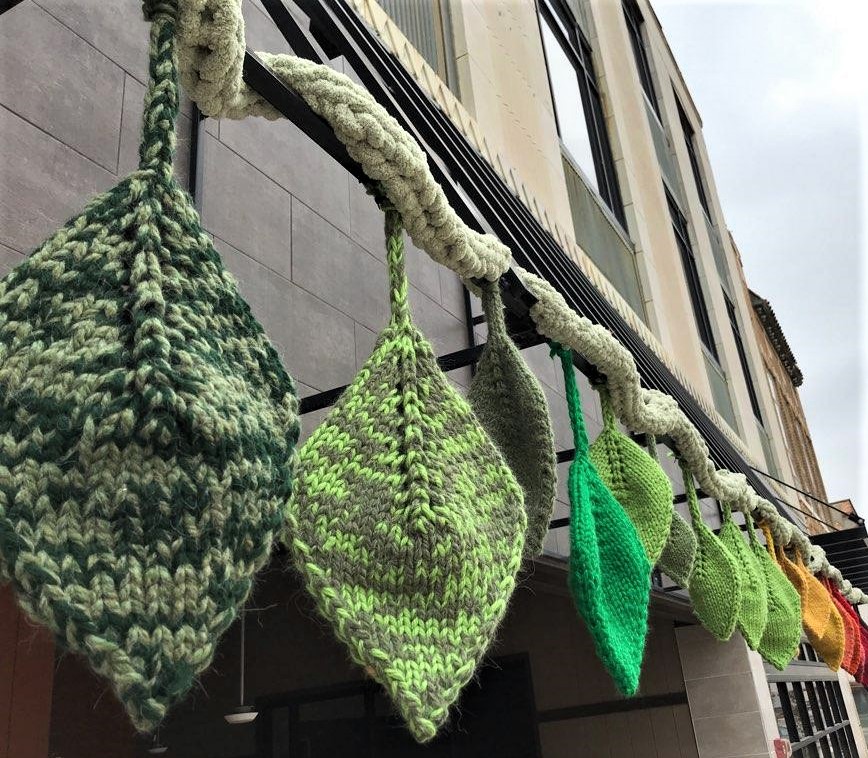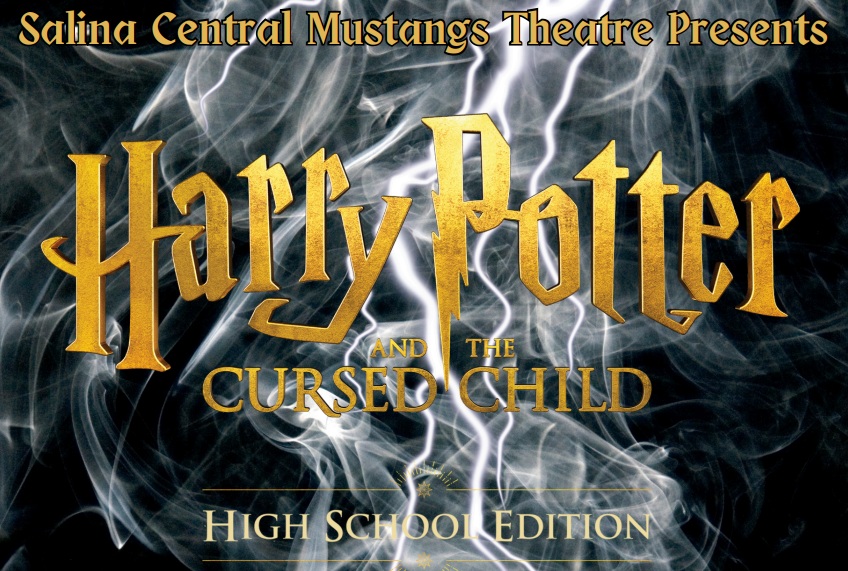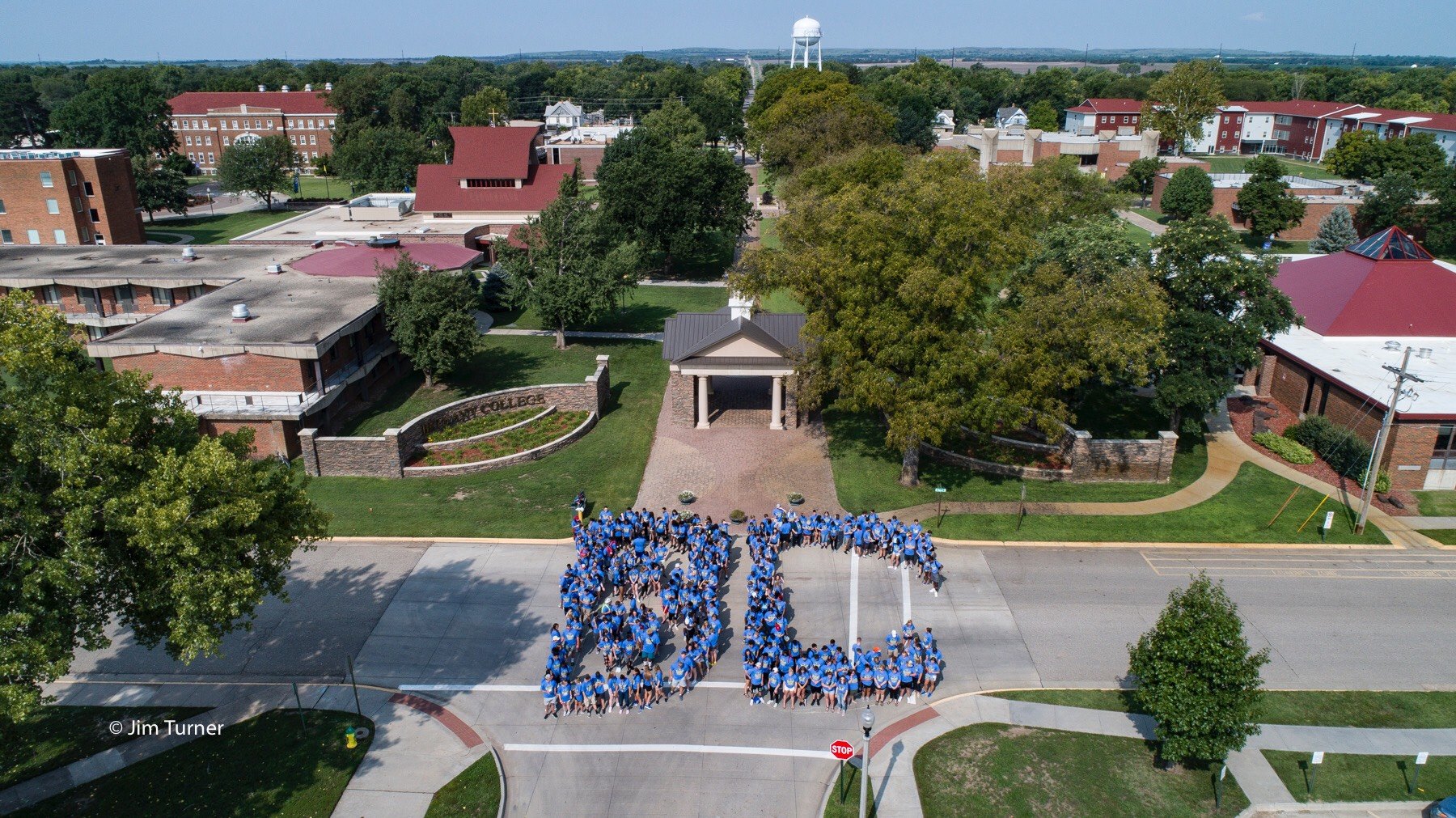City of Salina and Salina Arts & Humanities has been celebrating National Arts & Humanities Month all this month.
October is National Arts & Humanities Month. It’s a coast-to-coast collective recognition of the importance of culture in America. The month-long event was launched by Americans for the Arts more than 30 years ago as National Arts Week in honor of the twentieth anniversary of the National Endowment for the Arts. In 1993, it was reestablished by Americans for the Arts and national arts partners as a month-long celebration, with goals of:
FOCUSING on equitable access to the arts at local, state, and national levels;
ENCOURAGING individuals, organizations, and diverse communities to participate in the arts;
ALLOWING governments and businesses to show their support of the arts; and
RAISING public awareness about the role the arts and humanities play in our communities and lives.
Among other things, Salina Arts & Humanities commissioned eight local artists to create pop-up installations in downtown Salina to celebrate National Arts & Humanities Month and to inspire others about how the arts can be created at home and in safe ways during the COVID-19 pandemic. Many of the installations are still available to view and will remain through October 31. The downtown arts installations by artist, title and location are:
- Cori Sherman North, yarn, “Waiting for the Green New Deal” at 131 N. Santa Fe Ave. Giant vines and leaves are woven across a framework in a colorful, autumnal spectrum of green, yellow, gold, orange, red, and brown, that ends with skeletal leaf remains. North says, “I see this work as showing the seasons passing, as we anxiously await concerted action on our climate crisis.”
- Marideth Highsmith, yarn, “Labyrinth for a Feast” at Spilman Plaza, 228 S. Santa Fe Ave. Since Halloween is a favorite holiday for her, when asked to do a yarn installation, Highsmith found the perfect yarn and location for a huge spider web. Highsmith says, “Spider webs have always been fascinating to me; so much beauty and time put into something used to catch a spider’s food.”
- Danielle Houltberg, yarn, “Hope of the Honeybee,” also in Spilman Plaza, 228 S. Santa Fe Ave. Houltberg says, “My inspiration behind this work stems from my interest in the work being done to save the world’s bee populations. It uses the connection between current research on the positive effects mushroom mycelium have on virus reduction in honey bees, and the hope this discovery offers for turning around their population decrease.”
- Darren Morawitz, chalk, “Kraken,” Phillips Plaza at 136 N. Santa Fe Ave. Inspired by his interest in Greek mythology, Morawitz says, “I wanted my piece to interact with the environment and create a more immersive experience with the viewers. This creature of myth had a great avenue for me to use its tentacles to wrap and crawl among the pavement and stones.”
- Kimberly Vega, chalk, “Ofrenda, Opfergabe, Offering,” in the plaza next to Ad Astra Books & Coffee House, 141 N. Santa Fe Ave. Depicting and celebrating the lives of loved ones who have passed, Vega says, “To keep the cultures of my children alive, I have re-searched and participated in many events. One of our beloved events is Day of the Dead celebrations. As I worked on this piece with my daughter, we paid homage to those we have loved and admired.”
- John E. Epic, poetry with chalk and Rainworks, “Concrete Poetry,” Ad Astra Books & Coffee House, 141 N. Santa Fe Ave., at the Flower Nook at 208 E. Iron Ave., and at Spilman Plaza, 228 S. Santa Fe Ave. Epic says “The three poems were written as epiphanies during turbulent times in my life… I am hopeful that my articulation will be a light to those still experiencing darkness.”
- cash hollistah., poetry with Rainworks, “Words of an Unfamous Poet,” Strand Plaza at 118 S. Santa Fe Ave. Pays tribute to the late Kaci King, a Kansas poet and spoken-word artist, whose poem “If My Words,” gives a hopeful voice to unrecognized poets and artists.
- Lori Brack, poetry on sticker paper, “Poet-Tree,” downtown greenery. Brack used excerpts by American poets in trees in her week-long installation “Poet-Tree” at five locations downtown. “These poems speak kinds of hope that aren’t always easily defined.” During the week of October 10, the “Poet-Tree” poems were placed daily, with location clues posted to social media.
National Arts &Humanities Month, established in 1993, is celebrated every October in the U.S. It is designed to encourage communities, families and individuals to explore new facets of the arts and humanities and help them begin or strengthen lifelong habits or arts participation.
(CLICK PHOTOS TO ENLARGE)
